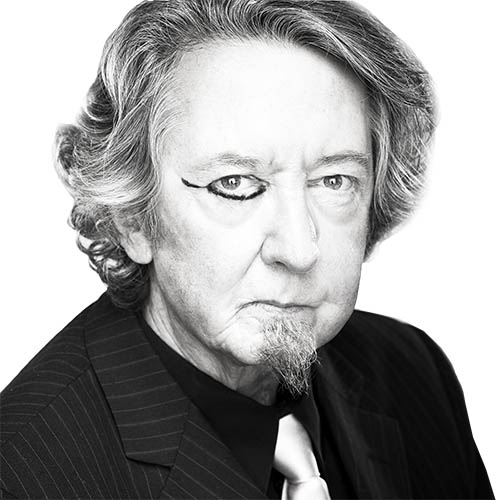Half Full
Jim Heimann Collection/Getty
How Did a Cocktail Come to Be Called a Cocktail?
EXCERPT
In the new revised and updated edition of his book, ‘The Joy of Mixology,’ drinks expert Gary Regan explores the possible origins of the word.

Trending Now




